NYC Brownstone Renovations 101: What to Know & Where to Start
Renovating your brownstone? Educate yourself on the intricacies of renovating brownstones in the Big Apple.
June 24, 2025
|

NYC Brownstone Renovations 101: What to Know & Where to Start
Breaking down every inch of brownstone renovations in New York City, from process and challenges to costs and finding an appropriate contractor.
Table of contents
- How Does The Brownstone Renovation Process Work?
- Commonly Added Costs and Expenses In Brownstone Renovations
- Brownstone Renovation Challenges
- Brownstone Before & Afters
- Why Gallery for Brownstone Renovations in NYC?
Considering renovating a brownstone or townhome in New York City? Before diving in, review all nuances of the process via our extensive guide on NYC brownstone renovations below, which includes costs, challenges, and each step required when renovating these historic homes throughout Manhattan and Brooklyn.
[#How]How Does The Brownstone Renovation Process Work?[#How]
While every renovation has unique variables to account for, a start to finish brownstone renovation comes down to the following stages:
Architectural Drawing and DOB Filings
Most brownstone renovations require architectural plans to be filed and approved by the NYC Dept of Buildings. As a full service design & build firm, we take on all architectural planning and filings with our award winning in-house design team and architects.
Interior Design
When considering interior design for a brownstone, one of the key decisions is how much historic appeal will be maintained in the renovation. One way is to pay homage to traditional details of the historic brownstone, retaining original character while imbuing the space with modern touches. Our Park Slope Brownstone Renovation preserved and highlighted the history by refinishing the original window mouldings and wood casings, as well as renovating and repurposing the brownstone’s original built-in arches. Alternatively, a full gut renovation offers a completely open design palette by tearing the space down to studs and renovating to preferred specifications.
Style preference aside, understanding the design direction is essential to having cohesive material choices, which is why research is essential when choosing their preferred design style. Consider these Interior Design Trends In 2024.

Legalities & Logistics
The following inspections, permits and tests must be handled prior to any brownstone renovation in NYC:
Plumbing Inspection
Required if renovated areas touch the Brownstone’s plumbing, such as the kitchen or bathroom.
Asbestos Test
Testing for asbestos in the early planning stages is not only smart planning but often required in order to file architectural plans. As part of this process we plan for any added effort required for removal or see if there are workaround cost saving measures that can leave the asbestos undisturbed. By law, if work disturbs the asbestos, mitigation is required and bringing in an asbestos remediation company for asbestos removal and air quality monitoring is likely needed. However if preliminary tests confirm asbestos won’t be disturbed during the work, we’ll plan to avoid the area and issue altogether.
Electrical Test
There are two main reasons electrical tests are required before an NYC brownstone renovation. The first is to confirm there is no cloth wiring, a standard in the 40’s/50’s that will no longer pass inspection. The second is to ensure the electrical capacity of the apartment can handle the proposed electrical load of the renovation - which isn’t always the case in older brownstones or townhomes.
Building, Electrical, and Plumbing Permits from Department Of Buildings
Brownstone renovations in NYC include the production and filing of all architectural plans along with obtaining all building, plumbing, and electrical permits, all prior to the renovation.
Landmark Applications via Landmark Preservation Commission (LPC)
A landmark approval is needed if the property is designated a landmark or on a landmarked street (IE: Brownstone, Townhome). If landmark, the LPC must also approve all exterior street facing materials and design aesthetics prior to implementation, otherwise an LPC certificate of no effect is obtained.

Material Selection & Procurement
For clients, the most hands-on aspect of any brownstone renovation is finding materials to bring the chosen interior design style to life. That entails paint color, flooring style, mouldings, fixtures, and much more. Some brownstone renovations - like this one we did in Bed-Stuy - even require exterior updates, which warrant material selection for items like windows and railing. As a full-service design-build firm we take on the design, sourcing, and procurement of every permanent fixture in your home.
Design Renders
After all materials have been sourced, we create life-like digital renderings of what the completed brownstone reno will look like. This includes every aspect of the design, down to the cabinet color and hardware. These high-end renderings provide a visual accompaniment to the blueprint that guides construction.
Demo & Build
- Demolition Phase
- Initial Inspections
- Framing & Rough Carpentry
- Electrical & Plumbing
- Finish Carpentry & Fixtures
- Final Inspections & Walk-Through
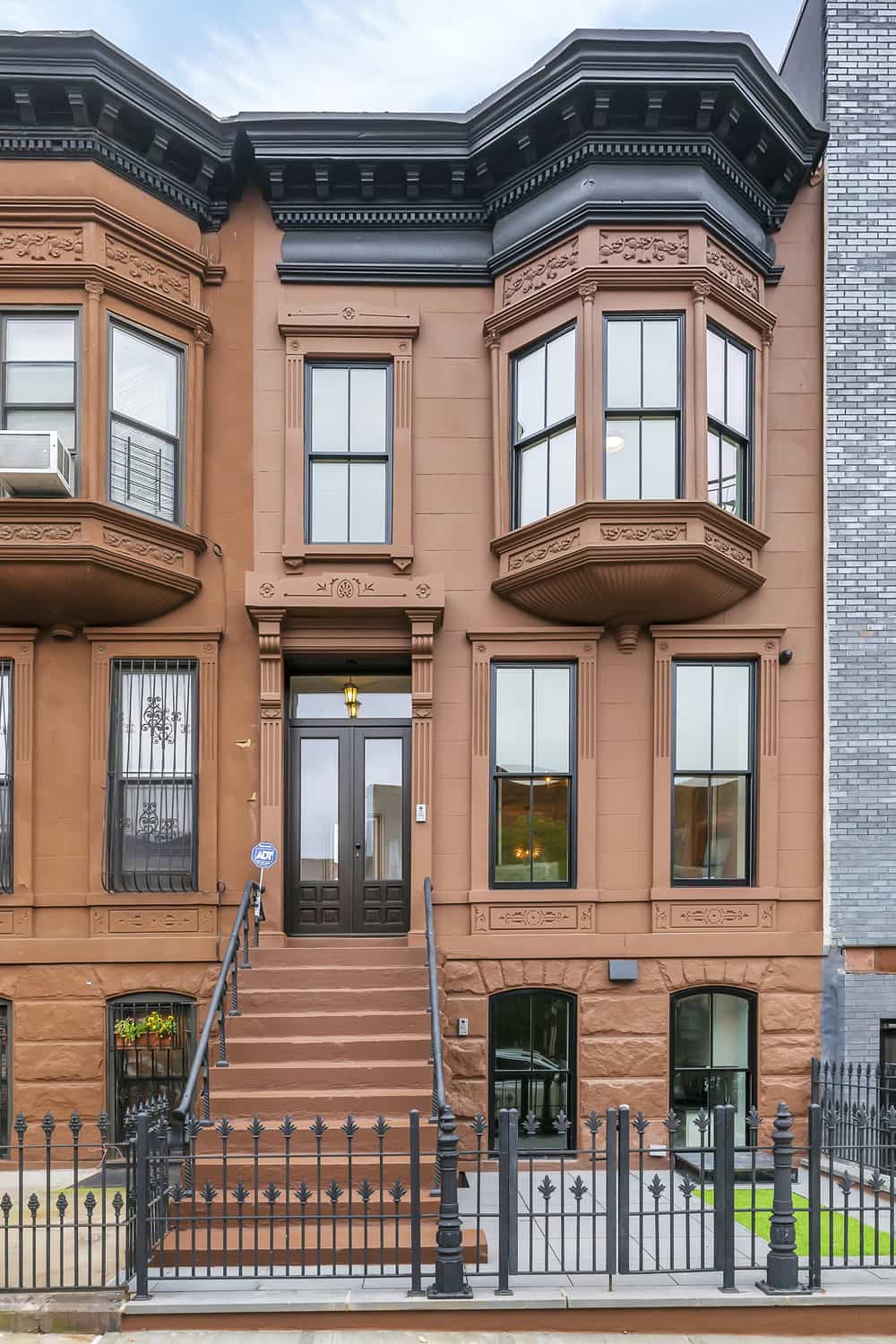
[#Commonly]Commonly Added Costs and Expenses In Brownstone Renovations[#Commonly]
Outdated Electrical And Plumbing
Unless the brownstone’s electrical and plumbing systems were recently redone, assume they’ll need to be updated in order to proceed with any sizable NYC home renovation. Brownstones characteristically used galvanized plumbing that both deposits sediments into the water and causes buildup that restricts water flow. Outdated plumbing has also often been insulated with asbestos, which must be professionally removed if pipes are being disturbed. Additionally, electrical systems in New York brownstones were not designed to handle today’s average electrical consumption and often require updates amidst most renovations.
Piecemeal Shortcuts From Prior Owners
Considering the age of most brownstones, finding piecemeal work from previous owners is expected. There were no overseeing bodies like those found in current building co-ops and condo boards, and prior owners often hired handymen or did work themselves. In worst-case scenarios, certain shortcuts can seriously compromise a building's structural integrity, and correcting them might require support from a structural engineer.
Before assuming the worst, we recommend hiring a good home inspector or experienced contractor who can locate the most significant shortcuts from previous owners. Checking electrical panels, exposed plumbing, and the quality of finish in previously renovated rooms will help manage cost expectations for any extra work.
Shaky Structural Work
Aside from risky shortcuts, old construction methods may also warrant above and beyond costs for a brownstone renovation. For example, balloon framing was popular in the late 19th and early 20th centuries. In this method, framing and wall cavities run hollow from foundation to roof with no platforms to break up structural beams on each floor. Therefore, things like insulation and moisture control problems, unlevel floors, and buckling beams could pose significant challenges for your current renovation.
Removing mold balloon framing and installing platforms is extremely costly, but there are more affordable prevention methods that can be taken. Experienced contractors will typically insulate the walls and use a vapor and moisture barrier. This is crucial for combatting energy loss and moisture issues, including mold. In addition, contractors should look for uneven floors where sistering beams might be necessary for leveling and structural support.
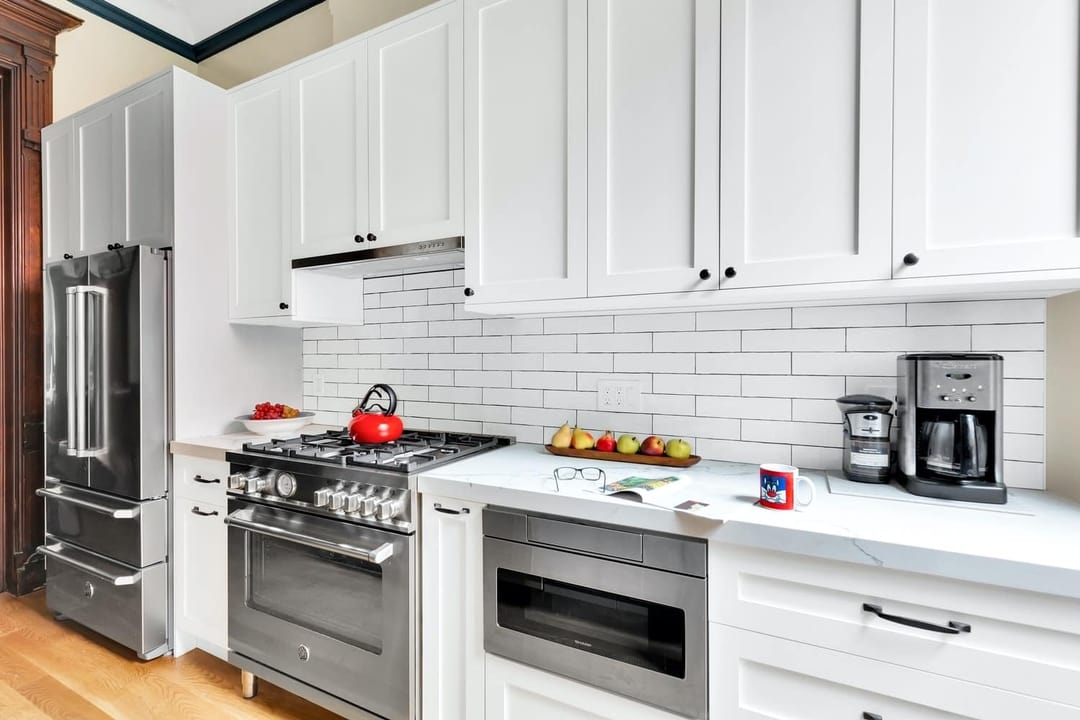
[#Brownstone]Brownstone Renovation Challenges[#Brownstone]
Unforeseen costs aren’t the only issues that arise during Brownstone renovations. Here are three of the many challenges encountered during the Brownstone renovation process:
Challenge #1: The Landmark Preservation Commission
As mentioned above, any home renovation in New York requires filing with the Department of Buildings, using a licensed contractor, and applying for building, electrical, and plumbing permits. But brownstones designated landmarks by the Landmark Preservation Commission (LPC) require additional applications. The LPC must also approve all materials and design aesthetics before any renovation begins. Preserving a brownstone's historic value does add time and costs to a renovation, but is certainly worth the effort.
Brownstone owners looking to renovate can avoid headaches by hiring a contractor with experience remodeling landmarked properties in New York. A high-end brownstone renovation is not the time for a contractor to learn the ropes of dealing with the LPC and complying with their requirements, so ask all prospective contractors for a list of landmarked projects they’ve already completed.
Challenge #2: Sewer Lines And Cellar Water
Sewer clogs and backups are quite common in Brownstones, so inspecting sewer and waste lines before any renovation will help ensure proper water flow. However, issues like tree roots and the fronts of some homes can still lead to clogging and overflowing lines within the building. Brownstones near high water tables, which are common in Brooklyn, are also prone to water issues in their cellars.
If your cellar is unfinished, signs of water issues might be obvious, such as water stains and lumps along the floor. An experienced contractor will look up the property’s permit history and advise whether or not to schedule testing before starting the renovation. For instance, if the last plumbing permit was filed in the 1980s, a pre-renovation inspection is warranted.
Challenge #3: Finding A Brownstone-experienced Contractor
Finding the right contractor for any home renovation in New York is no small feat, but finding one with extensive brownstone experience is an even bigger challenge. Before hiring on a whim, research various contractors, then check with the New York City Department of Consumer Affairs to ensure any desired contractors carry insurance and are licensed.
After that, ask the contractors whether they can start tomorrow. If they can, look elsewhere. Busy contractors are busy for a reason. They're highly sought-after because of their reputations and quality of work. Finally, pay attention to whether a potential firm acquiesces to every request or occasionally pushes back with logical explanations. A good contractor should act as an advisor, not a yes man.
[#Before]Brownstone Before & Afters[#Before]
See our expertise in action via before + afters of our favorite brownstone renovations below:
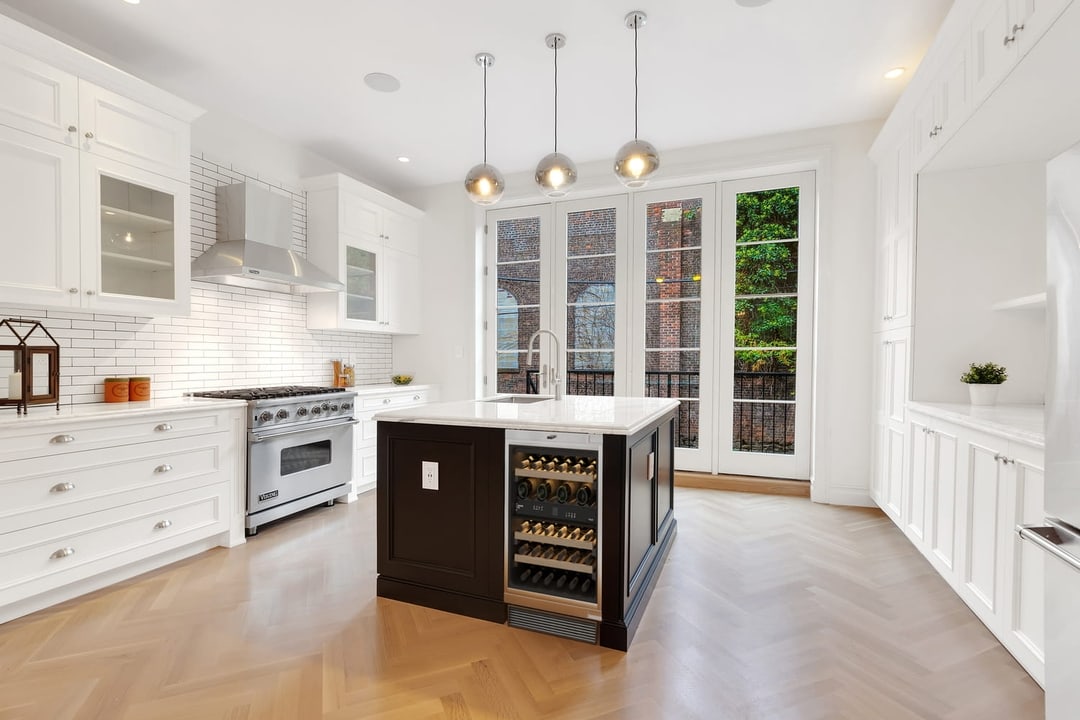
Bed-Stuy Brownstone Renovation
This brownstone in Bed-Stuy required a true gut renovation. On top of installing new floors, a kitchen and bath renovation, and all the typical restoration and refinishing involved in a brownstone built in 1899, our team completely updated the exterior, constructed a balcony that was not originally there, and converted the space from a single-family home into an an owner’s triplex. A newly separated studio rental on the garden level offers the opportunity for supplemental income, an uncommon and welcome addition to a New York brownstone. View the full renovation via our Before + After portfolio here.

Brooklyn Brownstone Renovation
This four-story BK brownstone renovation also required a complete overhaul and gut renovation that involved touching every square inch of the entire space. Beyond individual room renovations, key additions included oak hardwood flooring throughout the space, restored marble fireplaces, central heating and air, new plumbing and eclectic. View the full renovation via our Before + After portfolio here.
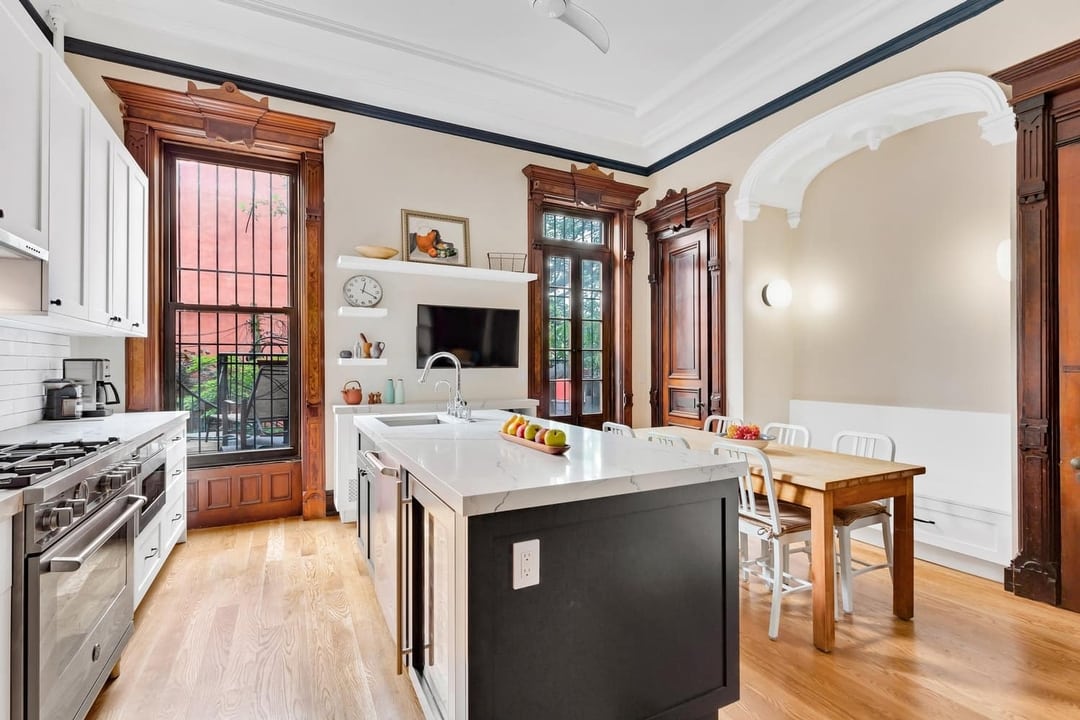
Brooklyn Brownstone Kitchen Renovation
In this stand-out brownstone kitchen renovation, the historic spirit was preserved and highlighted by refinishing the original window moldings and wood casings, as well as renovating and repurposing the brownstone’s original built-in arches, originally used as closets, into a nook with extra storage. View the full renovation via our Before + After portfolio here.
[#Why]Why Gallery for Brownstone Renovations in NYC?[#Why]
Thinking about renovating your brownstone? Contact us to see why our New York City apartment renovation and remodeling services are the most mindful choice when considering a residential renovation in Manhattan or Brooklyn. We are experienced brownstone renovation contractors in NYC with an end-to-end approach, who handle every single aspect of your home renovation from start to finish.

.png)
.png)


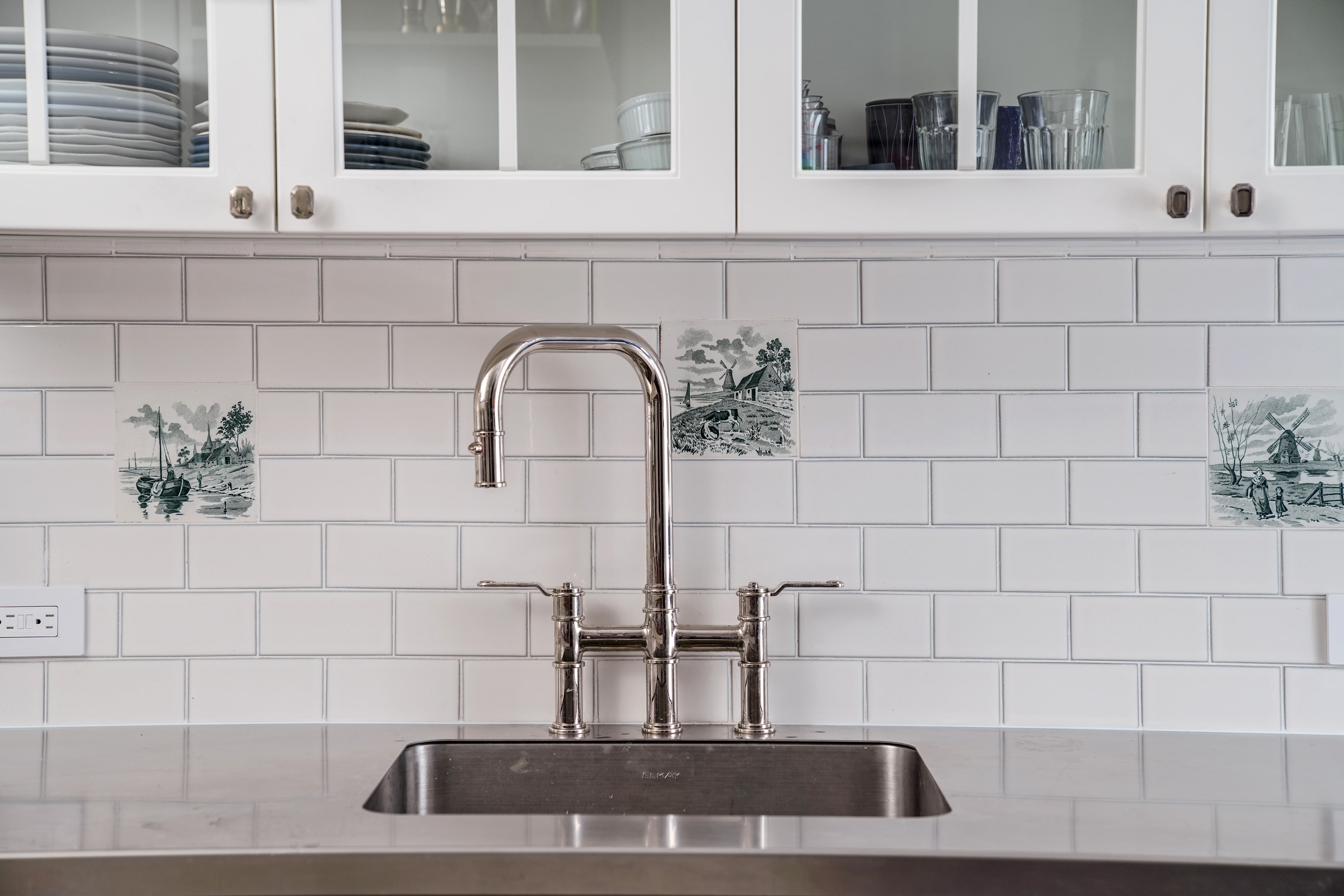


.jpg)

%20(2).jpg)


.jpg)
%20Gallery%20KBNY.JPG)


